Ultra-cycling, a discipline that pushes cyclists’ physical and mental limits to the extreme, is a bold and rewarding adventure. For those considering taking the leap and participating in their first ultra-cycling event, meticulous preparation is the key to success. In this article, we’ll delve into the various aspects of preparation, from choosing the race to post-event recovery.
1. How to Choose Your Race?
What Race Format: 300, 500, or 1000 km?
The first crucial step is selecting a race that aligns with your experience level and goals. Distances typically range from 300 km to 1000 km or more. The longer the distance, the more critical sleep management becomes as a performance factor. If riding at night feels intimidating, starting with a 500 km format is a great choice. Additionally, consider the time you’ll have during the year to prepare for the event.
Road or Gravel Ultra-Cycling?
The choice between a road or gravel event depends on your personal preferences and experience:
- Road Events: These are generally more accessible both technically and physically.
- Gravel Events: They offer a more remote and scenic experience, free from traffic. However, they can be more demanding on the body and equipment, requiring technical skills for bike repairs. The lack of nearby towns may also limit refueling and lodging options if you plan to sleep.
Avoid Early-Season Races
When selecting your event, avoid planning it too early in the season to allow adequate time for training. Ideally, aim for at least six months of preparation, especially if this is your first ultra-cycling event and you’re already a regular cyclist.
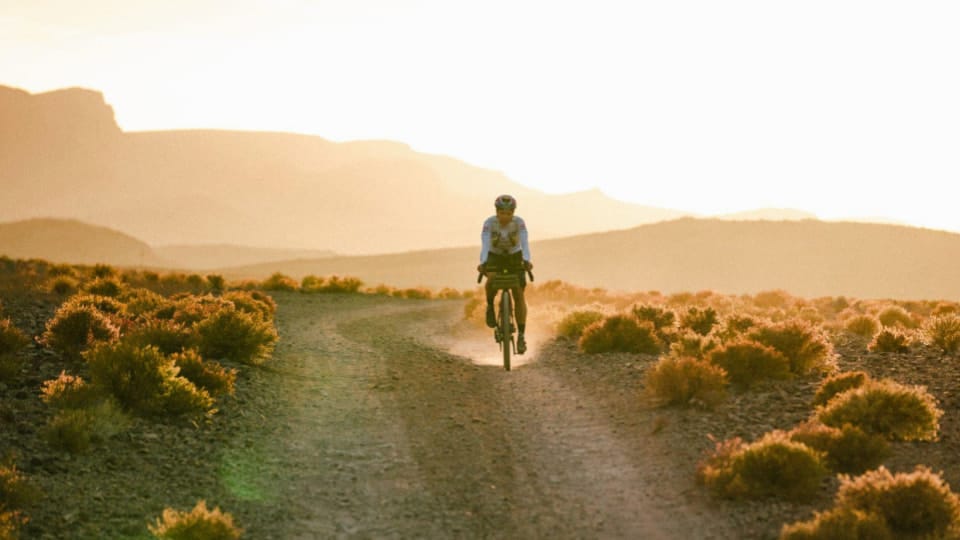
2. Mental Preparation
Mental preparation is a critical factor in the success of an ultra-cycling event. Here’s how to build the right mindset:
Learn to Ride Slowly
Ultra-cycling demands a shift in mindset. Focus on pacing yourself, riding slowly, and forgetting about the clock. Take your time and enjoy the scenery. Physically, if you can ride 100 km at 25 km/h, you’ll likely manage 200 km at an average speed of 20 km/h. The key to ultra-endurance is avoiding intensity spikes. Keep a steady pace, avoid pushing hard on climbs, and be patient above all else.
Monitor Your Metrics—At First
If you have a power meter or heart rate monitor, use it to manage your effort early on. These tools can help you stay consistent and avoid moments of overexertion, which can become detrimental hours later. However, after the second day, trust your intuition, as metrics may drop significantly, rendering them less useful. At this point, listen to your body and adjust your pace, even stopping to rest when necessary before continuing.
Riding at Night
Riding at night is a unique and exhilarating part of long-distance cycling. It creates an entirely new environment:
- Sensation of Speed: Darkness amplifies your perception of speed.
- Electric Autonomy: Managing battery life becomes essential. Use low-powered lights for climbs, where your speed is reduced, and stronger lights for descents.
- Lighting Choices: A headlamp is often more effective on winding roads than fixed lights, as it follows your line of sight. Test your lighting setup, including power and battery life, before the event.
Test Your Gear
Confidence in your equipment is vital for peace of mind during the race. Thoroughly test and validate your gear beforehand. This includes lights, clothing, and bike setup. Additionally, organize your belongings systematically in panniers or bags. Keeping your gear in consistent places will save time and reduce stress during stops.
By focusing on these mental strategies, you’ll approach your ultra-cycling event with greater confidence, resilience, and enjoyment.
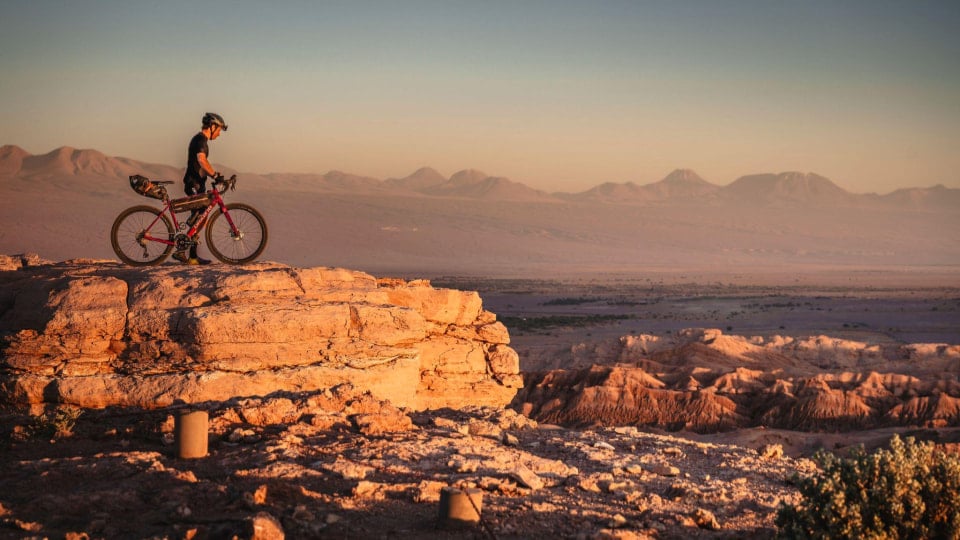
3. Physical Preparation
Gradually Increase Distance
Physical preparation is the cornerstone of ultra-cycling success. Gradually extend the length of your training rides to acclimate your body to long distances. Start with regular 100 km rides, then progress to 120, 150, 180, and 200 km. Reaching 200 km is a key milestone, as events like BikingMan require you to cover 1000 km in 120 hours—equivalent to 200 km per day.
When weather or time constraints prevent longer rides, strength training sessions can be highly beneficial. Core workouts and stretching are equally important to prepare your body for the physical demands of a major event.
Simulate Race Days
If possible, incorporate “race simulation” days into your training by targeting routes with significant elevation gain. Even if you don’t have mountains nearby, focus on climbing to accustom your muscles to more intense efforts at lower cadence. These simulation days are also an excellent opportunity to test your nutrition and hydration strategies for the race.
Train with Back-to-Back Rides
Ultra-cycling involves consecutive days of effort. Prepare for this by scheduling two or three consecutive days of long rides during training. However, ensure adequate recovery between these blocks of training. While this approach builds endurance, it also generates significant fatigue, so arrive at the start line well-rested and in top shape. Avoid overtraining, such as replicating full 500 km race distances during your preparation weekends.
Ride with Packed Bags
Train with your bike fully loaded with panniers to get used to the added weight and changes in handling.
- Handlebar Bags: These can make steering less responsive.
- Saddle Bags: May create a swaying motion during out-of-saddle efforts.
- Frame Bags: Heavily loaded frame bags might cause your knees to splay slightly.
Testing your bags and weight distribution during training is essential. Find the optimal setup for stability and ensure easy access to items you’ll need frequently during the race.
By following these physical preparation strategies, you’ll enhance your endurance, confidence, and ability to handle the unique demands of ultra-cycling.
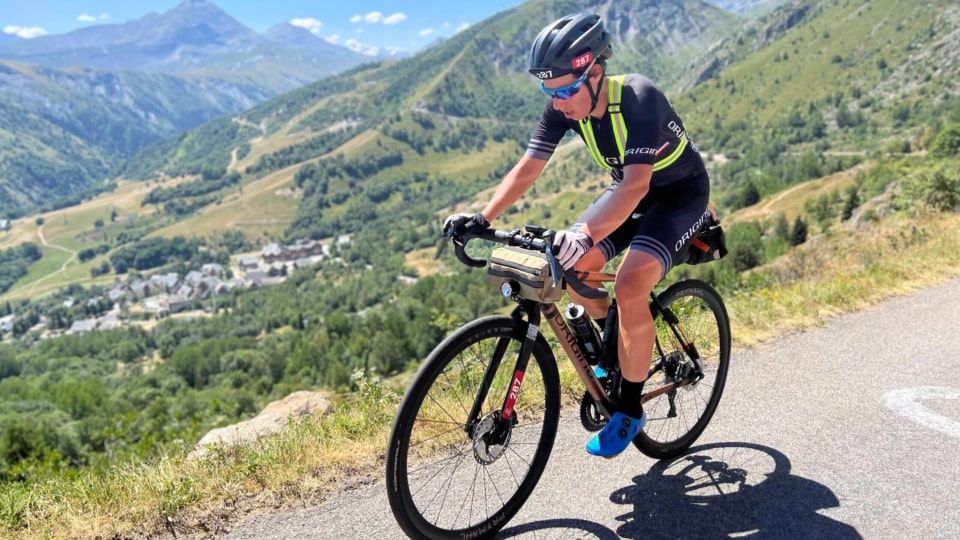
4. What Gear to Bring?
Mandatory Equipment
Always carry the mandatory gear, even if some items seem unnecessary. This list is designed to ensure your safety in all conditions. Common mandatory items include:
- A survival blanket
- A high-visibility vest
- At least 1.5 liters of water
- Gloves
- Two lights
- A set of brake pads
These items are essential for meeting the event’s safety standards and protecting yourself during unforeseen circumstances.
Food
Bring plenty of food to sustain yourself, especially during stretches of the course where resupply options are limited, such as at night or in remote areas. While food adds weight to your bike, it’s the fuel you’ll need to keep moving. Always carry extra snacks like sandwiches or packs of cookies to handle these isolated phases.
Warm Clothing
Warm clothing is vital, particularly for high-altitude nights where temperatures can drop significantly. Check weather forecasts in the week leading up to the event, paying attention to conditions at various points on the course, at different altitudes, and during different times of day.
Remember, fatigue or resting on the roadside can amplify your sensation of cold. Be generous with the amount of clothing you bring—better to be over-prepared than under-prepared.
Basic Repair Kit
Be equipped to repair both yourself and your bike:
- For the rider: Anti-chafing cream, sunscreen, and lip balm.
- For the bike: Quick links, a chain breaker, spare tubes, brake pads, and other essentials.
Practice basic repairs at home in comfortable conditions. Knowing how to perform these tasks will help reduce stress and save time if you encounter issues during the race. Rehearsing these skills beforehand makes them much easier to manage in challenging conditions, such as bad weather or exhaustion.
Packing Mindset: “Carrying the Weight of Your Fears”
For your first race, you’ll likely overpack with items you won’t use. That’s perfectly fine—your first, second, and even third events are learning experiences. Over time, you’ll discover what’s truly necessary and gradually shed unnecessary weight, gaining confidence in your preparation.
Proper gear selection is not just about efficiency but also about peace of mind, allowing you to focus on enjoying the adventure and conquering the challenge ahead.
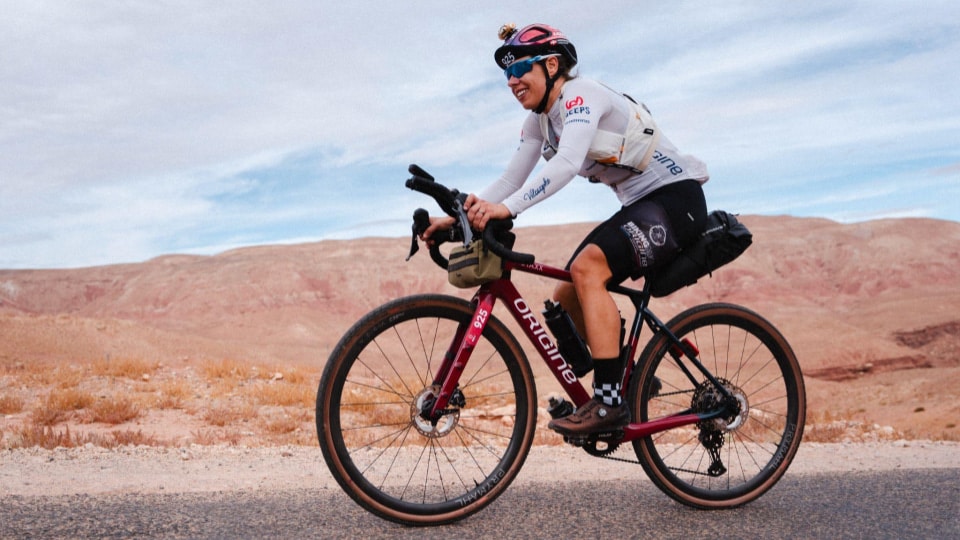
5. Which Bike to Choose?
Endurance, Comfort, or Gravel Bike
When selecting a bike for long-distance cycling, comfort is the most critical factor. As saddle time accumulates, comfort directly influences performance. The type of bike you choose should align with the nature of your chosen race:
- Gravel Races: A gravel bike with a suspension fork can handle challenging terrain, while a rigid fork is usually better for road events due to its lighter weight and precision.
- Road Races: Lightweight endurance bikes are a great choice.
Rather than heavily investing in new equipment, consider paying for a bike fit to ensure optimal positioning. A well-fitted bike reduces discomfort and minimizes the risk of injury.
Wide Tires and Low Pressure
- Road Events: Use smooth, wide tires (30–32 mm) and avoid over-inflating them. Lower pressure reduces vibrations, smooths out road imperfections, and enhances comfort—key to long-distance performance.
- Gravel Events: Opt for tires around 40 mm with a tubeless setup. This prevents pinch flats and allows the sealant to fix small punctures during the ride.
Easy Gearing
Select gear ratios that provide sufficient flexibility for your event:
- For road events, a 1:1 ratio (e.g., 34-tooth chainring with an 11-34 cassette) is ideal, offering one wheel rotation per pedal stroke for steep climbs.
- For gravel events, especially with long, off-road ascents, opt for even easier gearing to ensure smooth pedaling.
Aero Bars
Consider adding aero bars to relieve pressure on your hands and neck by allowing you to alternate positions. Long-duration events (50–100 hours) can cause nerve compression, such as carpal tunnel syndrome, which aero bars help alleviate.
However, their usefulness depends on the course:
- Flat or rolling courses: Aero bars can be highly beneficial for rest and comfort.
- Hilly profiles: On courses like BikingMan Euskadi, where the elevation gain is significant, aero bars may see little use due to the lack of flat sections.
Choose aero bars based on the event’s altitude profile and your sensitivity to hand numbness or neck strain.
By selecting a bike and setup tailored to your event, you’ll optimize comfort, efficiency, and overall performance.
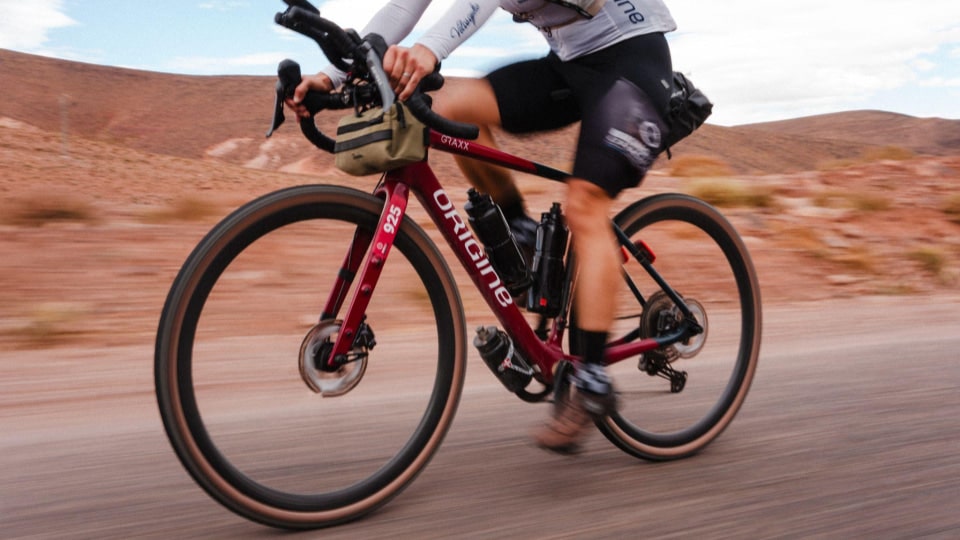
7. How to Recover After the Race?
Crossing the finish line is a remarkable achievement, but recovery is the next crucial step.
Rehydrate and Care for Your Body
Drink plenty of fluids to compensate for the dehydration experienced during the race. Address any injuries, no matter how minor, and monitor for physical or psychological after-effects in the days following the event.
Spend Time with Loved Ones
Share your experience with family and friends. It’s a rewarding way to process the race and reconnect after the intense focus required for preparation and participation.
Allow Adequate Recovery Time
Take the time you need to recover fully, both physically and mentally. Remember, completing one ultra-cycling event per year is already a tremendous accomplishment. Avoid rushing back into training—wait for the desire to ride to return naturally.
Engage in Light Activities
Maintain light activity to avoid a post-event void and to promote recovery. This doesn’t have to be cycling; it could be walking, swimming, or yoga. The goal is to stay active without overexerting yourself.
In Conclusion
Completing your first ultra-cycling event is a challenge that demands meticulous preparation on every level. By following these detailed tips, you can:
- Select the right race
- Prepare mentally and physically
- Pack the right gear
- Choose the best bike
- Manage your race effectively
- Recover optimally
This comprehensive approach will turn your dream of ultra-cycling into a rewarding reality. Enjoy the journey, and happy riding! 🚴♂️
Autors : Amélie Plennevaux et Quentin Guignard



